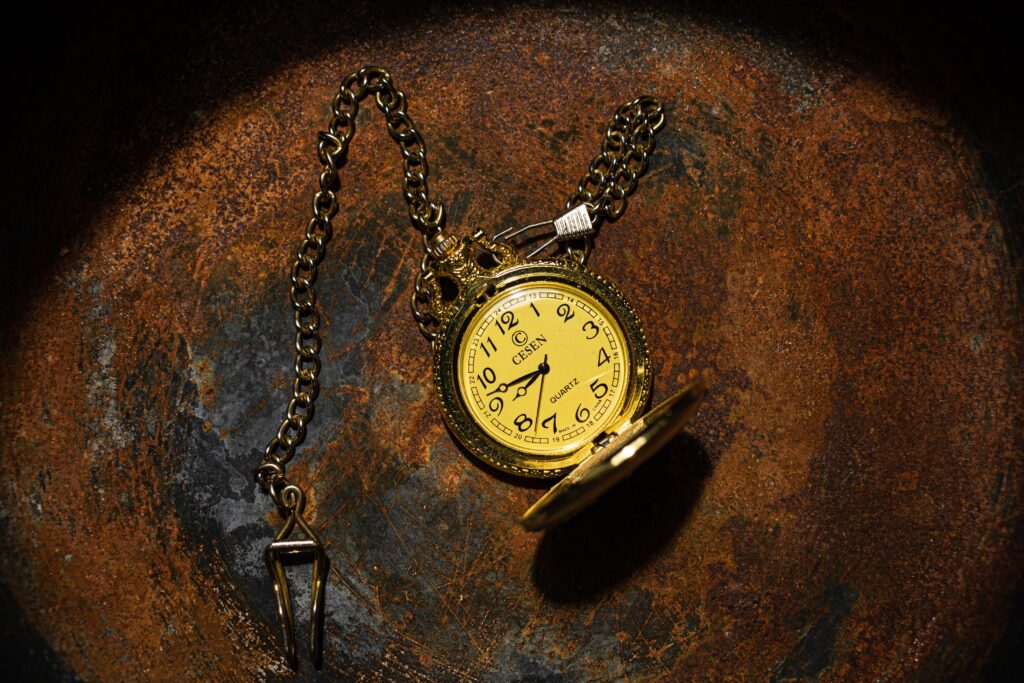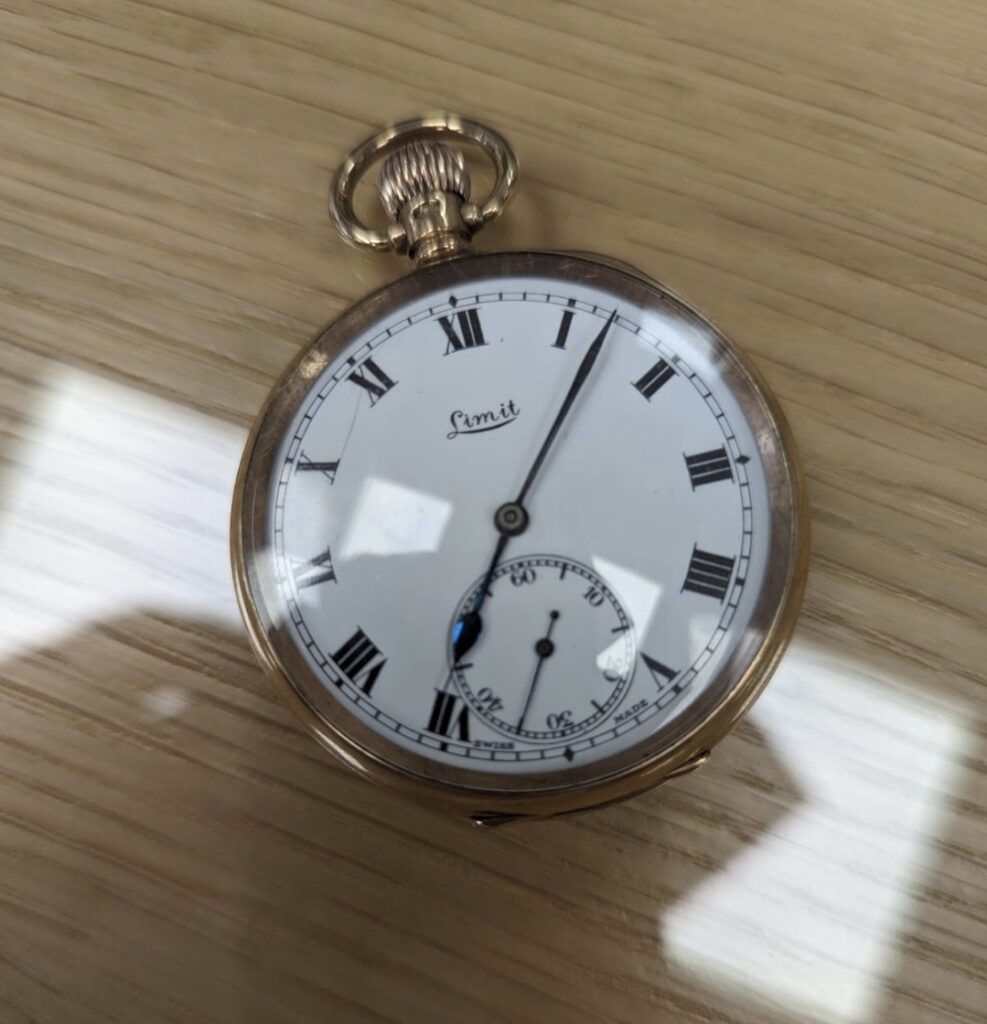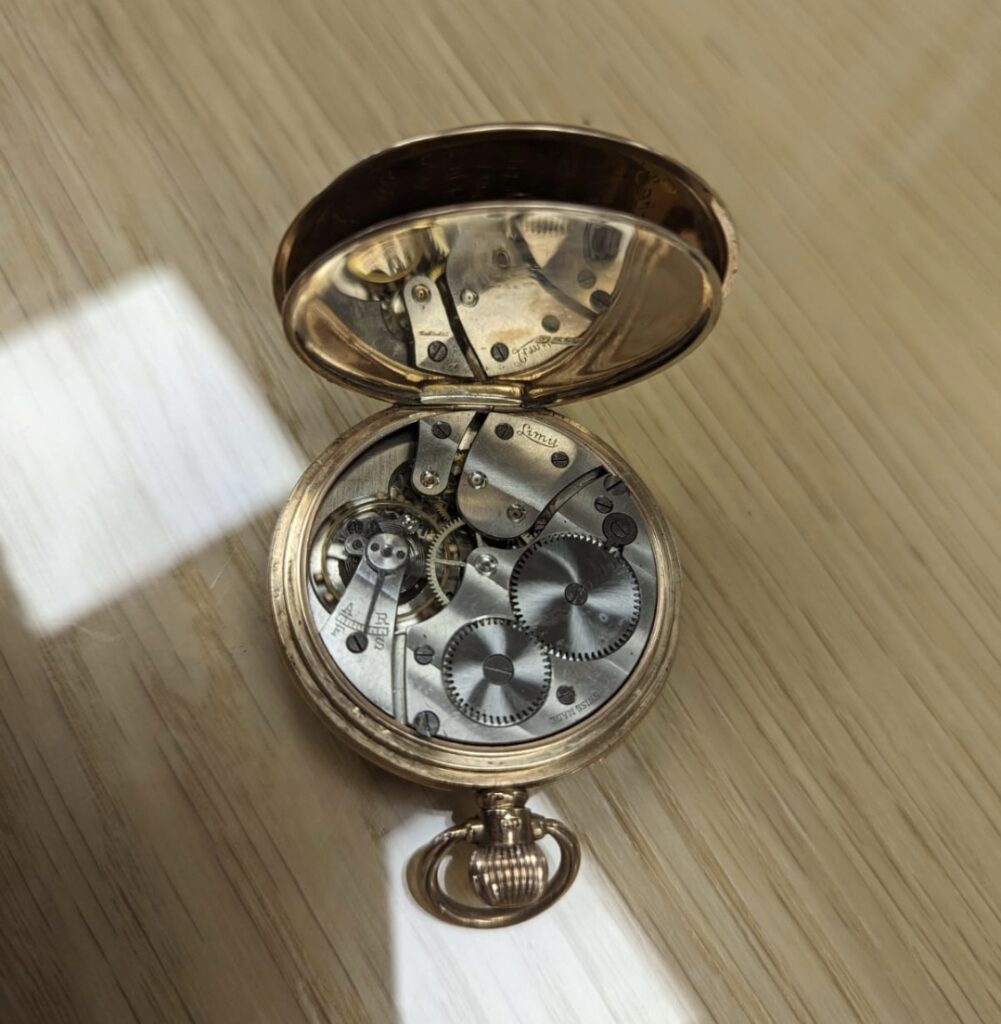The pocket watch encases a lot of history beneath its protective cover. Emerging as somewhat of a drum-shaped ornament, the modern portable timepiece is a tribute to the milestone mechanical innovation attributed to several clockmakers, horologists and mathematicians throughout the ages.
In this post, we’re going to explore the history of the pocket watch and discover why it remains a popular and investable accessory that’s still in production today.
Evolution of pocket watches
Winding back to the beginning, the portable timepiece was invented during the 15th century in Europe, made possible through the creation of the pocket spring.
German locksmith and clockmaker, Peter Henlein (1485 – 1542) has been credited with the invention of the first-ever watch, as well as many other expensive spring-powered devices that were fashionable among nobility during the time.
Although early prototypes of the pocket watch were heavy, ornamental and mechanically inaccurate, they did pave the way for the modern pocket watch we know today.
By 1577, Jost Bürgi (1552 – 1632) had invented the minute hand – an addition to the watch commissioned by astronomer and stargazer, Tycho Brahe. The development of the minute hand allowed for more accuracy and made portable timepieces a dependable device with appealing versatility.
With the turn of the 17th century, pocket watches became a fashionable accessory for men, slowly starting to replace pendant watches. During this time, pocket watches had developed a flattened shape, and would typically be made from metal and other robust materials. Glass wouldn’t be added to pocket watches until much later.

The mechanical development of pocket watches
Up until 1720, virtually all pocket watch movements were based on the verge escapement – a mechanical system that involved a lot of wear and friction resulting in limited accuracy.
By the mid-century, an English horologist, Thomas Mudge (1715 – 1794), invented the level escapement system, giving rise to vastly improved timekeeping that would lose just one or two minutes per day.
The system added widespread appeal for the pocket watch and by 1893 became the railroad-grade timepiece of choice for an industry that depends on to-the-second timekeeping. Up to present day, lever mechanical escapement systems are still industry standard in the manufacturing of pocket watches across the world.


The earliest known pocket watch
Though there is much speculation surrounding the first-ever pocket watch, evidence would suggest the earliest prototype dates to 1530.
Commissioned by well-known German reformer and humanist, Philip Melanchthon (1497 – 1560), the spherical timepiece with brass casing and dials ran for 12 to 16 hours on a single wind, and would remain accurate within a 30-minute window.
Types of pocket watches
To the untrained eye, most pocket watches appear to have a similar design. There are, however, six common types classified by their face display and case configuration:
Pair case
Common throughout the 1700s, a pair case pocket watch consists of an inner case that holds the watch movement and an outer case that protects the inner case.
Open face
As the name suggests, an open face pocket watch has no protective cover, which means the time can be read quickly without having to remove obstructions.
Full hunter
Designed for durability, the full hunter pocket watch has a hinge-operated porcelain front that features a small button on the crown for easy access to check the time.
Half hunter
As a variation from the full hunter, the half hunter has a protective hinged case with the addition of a window to allow owners to read the time without obstruction.
Double hunter
The double hunter pocket watch features a cover on the back of the watch, which means users have the added benefit to observe its complex mechanical movements.
Half double hunter
Similar to a double hunter, the half double hunter pocket watch has two lids covering the front and back, but has the addition of a glazed cover to instantly reveal the watch face.
The most expensive pocket watch ever sold
Created by famous watch maker, Roger Smith, a pocket watch called ‘Pocket Watch Number Two’ sold in June 2023 at a New York auction for £3.8 million.
Beating the previous record of £3.6 million set in 2019, the pocket watch took five years to build with every component hand-crafted through traditional watchmaking methods.
